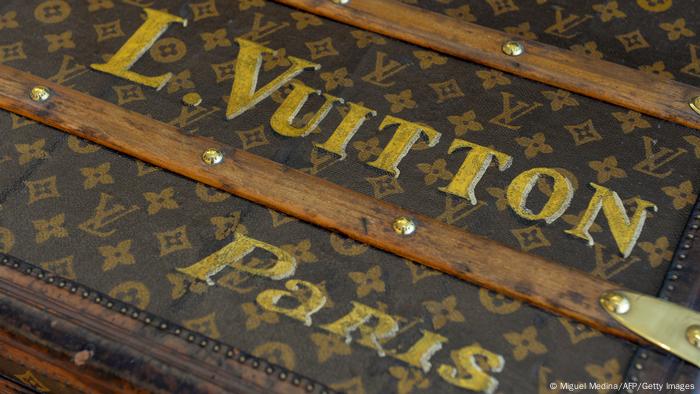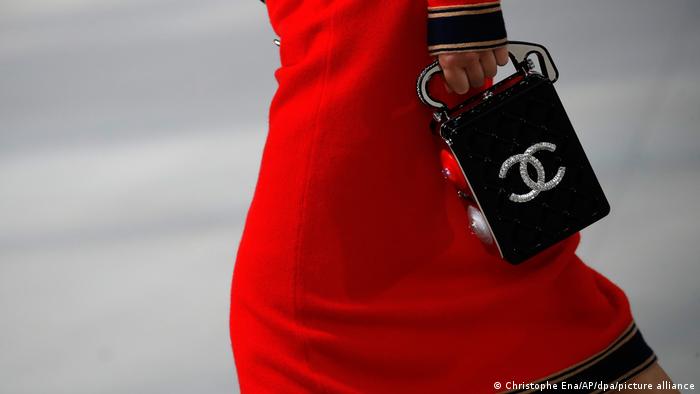Buying an authentic secondhand Louis Vuitton bag is no longer a risky back-alley adventure. And it is not just bargain hunters who are going online and bypassing the boutique experience in the first place.
Snapping up vintage Chanel purses online with a few clicks. Used Louis Vuitton on Instagram. Rare Nike Air Jordans on eBay. A preowned Tiffany necklace.
Some secondhand shoppers are not exactly looking for bargains. They are searching for luxury goods on the secondary market, because vintage is cool or cannot be found anywhere else. And they are part of a growing number of young consumers who are buying into the upper echelons of the circular economy.
Yet for years, many high-end brands were skeptical of the digital world and online sales, let alone the secondary market. Though Cartier offers preowned items in some of its boutiques, and fashion houses Valentino and Gucci recently started to sell vintage pieces, this is an added bonus for customers instead of a real business plan.
Today's luxury world extends far outside elite boutiques and beyond the reach of retailers. This also means most of the consolidation and trust-building work behind the current secondhand market was left to outsiders.

Some secondhand shoppers are looking for deals, while others are looking for vintage or hard-to-find items
Getting it real the first time
More important than price, knowing if something is genuine is the most important issue for luxury goods customers. To help ease their minds, legitimate secondhand businesses offer guarantees of authenticity. One secondhand business even named itself The RealReal just to drive home the point.
Founded in 2011, they sell consigned high-end clothes, jewelry, art and home decor authenticated by an in-house team. They mostly sell online, but starting in 2017, they opened their first brick-and-mortar retail shop and now have 15 of them across the US.
In mid-2019 the company went public and raised $300 million (€265 million) for its IPO, showing the interest in the sector from investors. Today the company calls itself: "The world's largest online marketplace for authenticated, resale luxury goods," with 24 million users.
The US and China are the biggest luxury markets in the world at the moment
Everyone wants in on the market
At the same time, some of the biggest luxury brands have finally come to better understand the secondhand market. Recently, Gucci owner Kering invested in high-end resale platform Vestiaire Collective. And in 2018, online watch reseller Watchfinder was bought by Richemont, which owns Cartier.
Others are jumping on the secondhand luxury bandwagon, too. In the United States and the UK, eBay stands behind the authenticity of certain things. Sellers send eligible items to a third-party expert for inspection and approval before they are then sent to the buyer. For American users, it covers items sold by sellers in the US, Japan, the UK, Canada, Australia, Germany, South Korea and Italy.
Currently the program covers three categories: watches sold for $2,000 or more, designer handbags sold for $500 and sneakers in new condition sold for $100 or $150 for preowned ones. Not all brands are covered, but those on the list are a who's who of the luxury market: Chanel, Gucci, Hermes, Saint Laurent, Dior, Prada, Goyard, Rolex and Omega.
Using the tagline "No fakes. No fraud. No doubt," the costs for the company's Authenticity Guarantee program are covered by eBay and show the importance of authentic products.
There will be plenty of glamorous goods to filter down to the secondhand market where willing buyers can snap them up with increasing confidence and a few clicks from the comfort of their living room.
By DW
